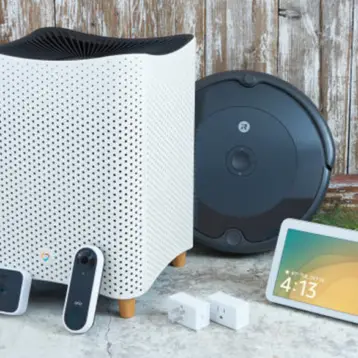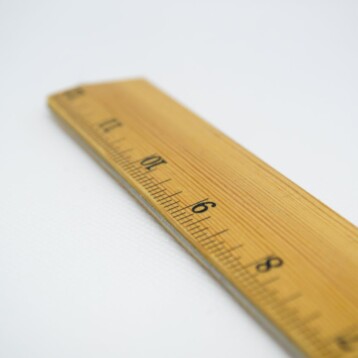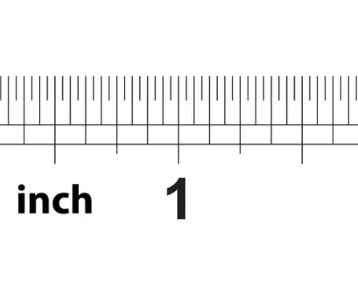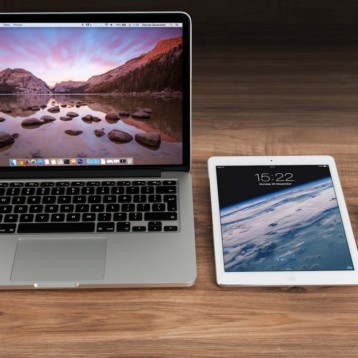|
The new device offers easy access to digital versions of various texts – books, newspapers, and even regular PDF documents. According to Amazon, the company has signed deals with three leading textbook publishers to put their content on the electronic reader. Reportedly, Amazon has struck deals with the New York Times, the Washington Post, and the Boston Globe to feature their editorials on the device.
In comparison with Amazon’s previous model of this gadget, the Kindle 2, the DX E-Reader is two and a half times larger in size than its predecessor. Its dimensions are 10.4” x 7.2” x 0.38”, and its display is sized at 9.7”. The Kindle DX includes various features, including a native PDF reader, a text-to-speech converter, and a rotating display. “You never have to pan, you never have to zoom, you never have to scroll. You just read,” said Amazon’s chief executive Jeff Bezos at the New York launch of the product. According to the released specifications, the Kindle DX E-Reader is able to store up to 3,500 books, additionally offering access to over 225,000 titles.
Executives from the New York Times took part in the launch, which took place in New York. “We knew for more than a decade that one day an e-reader would be a significant platform for distribution for our content,” said Arthur Sulzberger Jr., the chairman of the New York Times. Mr. Benton, from the Nieman Journalism Lab, suggests that the Kindle has a larger potential than being just a paper-substitute. “The Kindle is going to be a success when it becomes a really useful web surfing machine,” he said.
Despite the excitement surrounding the release of this new model of the electronic book reader, there were also some mixed reactions. Even though the Kindle DX screen is over double the size of previous models, the main criticism was regarding its price that was set at 489 dollars (an increase of 130 dollars when compared to Kindle 2). Another common issue raised was regarding the fact that the new version of Kindle has 16 different colors of gray, but no color and no video capabilities.
Amazon has not revealed how many Kindles were sold, but publishing experts say e-books account for only less than 1 percent of all books sales. Furthermore, one should consider the fact that Amazon is not the only vendor in the e-reader market – Sony is there, so is the iPhone with a Kindle app, and Plastic Logic will unveil its version later in the year. Hence, it is without a doubt a competitive market.
All these do not decrease the optimism around this latest release. “The launch of the Kindle DX is further proof of the strength of the market for e-readers,” said Neil Jones, the head of Interead, an English based company selling Kindle-competitors. As for the United States, a trial of the new Kindle DX service is expected this summer.
TFOT has recently covered the previous version of the Kindle e-reader. Other related TFOT stories include Plastic Logic’s technology, that copies the appearance, but not the feel of a printed newspaper; the Cybook Gen3 e-Book, which boasts an extremely fast page-flip speed, and the E-Ink Next Generation Display, a technology that allows for thinner displays for e-readers. TFOT has also published an extensive article regarding the future of electronic paper.
For more information about Amazon’s Kindle DX e-reader, see its press release.
Image icon credit: ShakataGaNai










